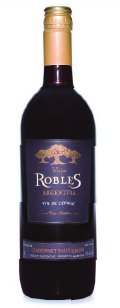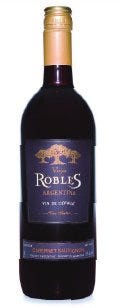First 1-L PET bottle for North American airlines


First 1-L PET bottle for North American airlines
Societe de Vin Internationale Ltd., based in Laval, Quebec, has introduced the first 1-L PET wine bottle for the North American airline industry.The lightweight PET barrier container, which is supplied by Amcor Rigid Plastics (www.amcor.com), gives cost-conscious airlines a high-quality option that mimics glass, while delivering reduced fuel consumption and a cost savings over its glass predecessor.
Air Transat charter airline in Montreal, one of Canada's largest charter airlines, adopted the use of the lightweight 1-L PET wine bottle for sustainability advantages, according to Aldo Geloso, an executive with Societe de Vin Internationale. "We introduced the concept, and they quickly came on board because of a vital need to reduce weight on their aircraft and consequently reduce fuel costs," explains Geloso.
Air Transat reports that the wine container has been well-received by air travellers and will be expanded into full service use, according to Geloso. The 54-g PET stock bottle, which is one-eighth the weight of the previous 430-g glass container, is used for Societe de Vin Internationale's 1-L Claret wine format. "At the end of the day, it's still the same high-quality wine product that is now easy to transport and very convenient for the consumer," says Geloso.
The 1-L bottle uses unique barrier coating technology developed by Germany's KHS Plasmax GmbH (www.khsplasmax.com). The capsules are supplied by Brentacork Inc. (www.brentacork.com) and the labels by Guidotti Centro Stampa S.p.A. (www.centrostampa.it).
The KHS Plasmax silicon oxide (SiOx) barrier coating seals the container from the inside to protect the contents from oxidation. Plasmax is an FDA-compliant enhanced passive barrier for oxygen-sensitive products. This ultra thin (less than 100nm) material is transparent and resists cracking, abrasion and delamination.
.
About the Author(s)
You May Also Like


